Shrimp Chitosan
Availbale in varying degrees of deacetylation and viscosity levels
Extracted from Shrimp heads and shells
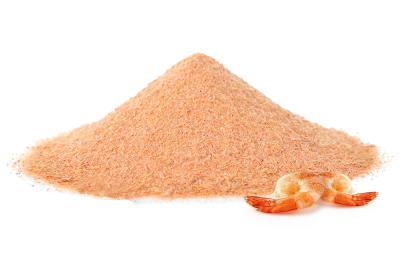
Suitable Raw Material for

Bio-Fertilisers & Bio Pesticides
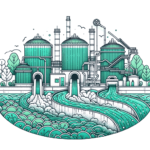
Waste Water
Treatment
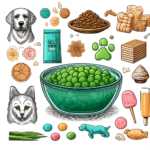
Food & Feed Industry
in YOUR preferred Industry Verticals

Personal care & Cosmetics
Crop Nutrition
Paints & Coatings
Water Treatment
Food & Feed Products
A versatile and upcycled ingredient
Drug delivery in Pharma
Its ability to form gels makes it suitable for controlled drug release and targeted therapy.
Hydrating properties
Helps improve skin texture and reduces the appearance of wrinkles.
Anti-Microbial properties
Accelerates wound healing, reduces infection risk, and promotes tissue regeneration. Suitable for wound dressings and bandages.
Water Treatment
Useful in water treatment to remove impurities, heavy metals, and organic compounds from water.
Agricultural applications
Chitosan has applications in agriculture as a natural pesticide, soil conditioner, and plant growth enhancer.
Biotechnological applications
Utilized in tissue engineering, as a scaffold material for cell growth and tissue regeneration.
Grades We Offer
|
Shrimp chitosan |
Viscosity |
COUNTRY OF ORIGIN |
SHELF LIFE |
|---|---|---|---|
|
Shrimp Chitosan |
Less than 100 mPa.s |
INDIA |
24 months |
|
Shrimp Chitosan |
More than 100 mPa.s |
INDIA |
24 months |
|
Shrimp Chitosan |
More than 500 mPa.s |
INDIA |
24 months |
Grades We Offer
|
SHRIMP CHITOSAN |
|
|---|---|
|
Shrimp Chitosan |
Viscosity : Less than 100 mPa.s Country of Origin : INDIA Shelf Life : 24 months |
|
Shrimp Chitosan |
Viscosity : More than 100 mPa.s Country of Origin : INDIA Shelf Life : 24 months |
|
Shrimp Chitosan |
Viscosity : More than 500 mPa.s Country of Origin : INDIA Shelf Life : 24 months |
Know more about Chitin and Chitosan
Chitin or Chitosan are often referred to as a natural biopolymer, the second most abundant after cellulose. In simple terms, biopolymers are naturally occurring (hence “bio”) large molecules, made up of many repeating units or blocks (hence “poly” which means many).
Chitosan is a natural biopolymer derived from Chitin, which is the second most abundant natural polysaccharide after cellulose. Chitin is primarily found in the exoskeletons of crustaceans such as crabs, shrimps, and lobsters, as well as in the cell walls of fungi. To produce chitosan, chitin is subjected to a deacetylation process, which involves the removal of acetyl groups. This process transforms the chitin into chitosan, making it soluble in acidic solutions, unlike chitin which is not.
Chitosan has several unique properties that make it valuable across various industries. It is biodegradable, biocompatible, non-toxic, and has antimicrobial, antifungal, and chelating properties.The primary source of commercial chitosan is the seafood industry, which provides a large amount of chitin-rich shell waste. This makes chitosan an environmentally friendly product by valorizing waste materials. There’s ongoing research to improve the extraction and production processes of chitosan to enhance its properties and increase its applications.
What is Chitosan?
Chitosan is a naturally occurring biopolymer derived from chitin, found in the shells of crustaceans like shrimp and crabs, and also from fungal sources. It is one of the few cationic (positively charged) polysaccharides available in nature, making it unique among biopolymers.
It is composed of glucosamine and N-acetylglucosamine units and is typically characterized by its degree of deacetylation (DDA), which ranges between 70% and 95%. Chitosan becomes soluble in acidic solutions, forming a clear, viscous liquid. Let us quickly understand a bit more about Chitin – the starting raw material for chitosan.
What makes Chitin or Chitosan a Biopolymer?
Chitin is a polysaccharide, and its repeating unit contains N-acetylglucosamine units.Chitin is a natural polysaccharide biopolymer made of N-acetylglucosamine units, providing structural strength in shells, exoskeletons, and fungal cell walls. The largest commercial source of Chitin are shells of Shrimps, Crabs, Lobsters and insects. It is also naturally found in the cell walls of mushrooms and other types of fungi.
Chitosan is a polysaccharide, and its repeating unit contains glucosamine.
Chitosan is made up of 2 types of sugar units which are “Amino Sugars” –
- Glucosamine (GlcN) → the deacetylated unit
- N-acetylglucosamine (GlcNAc) → the acetylated unit leftover from chitin
Properties of Chitosan
Degree of Deacetylation DDA
This determines the percentage of deacetylation i.e. removal of acetyl groups
Higher DDA (often 90%+) = More free amine groups = Better solubility in mild acids = More reactive- High DDA → better antimicrobial activity (good for food coatings, pharma).
- Low DDA → cheaper, less bioactive, used in flocculation, agriculture.
Viscosity
Viscosity in chitosan describes how thick or resistant to flow its solution is. It depends on molecular weight, concentration, and degree of deacetylation. It indicates polymer chain length & interaction in solution. It is measured in solutions (typically 1% in 1% acetic acid).
Viscosity is not a fixed property of chitosan powder itself. It’s a property of its solution, typically measured in 1% chitosan in 1% acetic acid solution.
- Higher viscosity → higher MW → thicker coatings or gels.
- Lower viscosity → sprayable coatings, easier mixing.
Molecular Weight
MW is the average size of polymer chains. It is measured in kDa (kilodaltons) and affects viscosity and film strength.
- Low MW → better solubility, lower viscosity, easier processing.
- High MW → stronger films, gels, but higher viscosity.
Choose the right grade of Chitosan for your application
Application Area | Typical DDA (%) | Typical MW (kDa) | Reason / Notes |
Food Coatings & Films | 80–90% | 100–600 kDa | Good solubility in acid; forms strong, flexible films. |
Dietary Supplements (Fat Binder) | 85–95% | 200–600 kDa | High DDA for charge density; binds lipids better. |
Water Treatment (Flocculant, Metal Chelator) | 85–95% | 400–1200 kDa | High MW for bridging/flocculation; high DDA for cationic charge. |
Wound Dressings / Biomedical Films | 85–95% | 100–400 kDa | Biocompatibility, antimicrobial charge; moderate MW for flexibility. |
Drug Delivery Systems | 75–90% | 50–200 kDa | Lower MW for penetration and controlled release; DDA tailored to solubility/adhesion. |
Cosmetic Gels, Serums | 80–95% | 50–300 kDa | Good solubility at acidic pH; variable MW for viscosity control. |
Seed Coatings / Agriculture | 75–90% | 200–800 kDa | MW tailored for film formation; DDA for antimicrobial/elicitor activity. |
Your Trusted BULK Chitosan supplier from India
- We are a trusted Chitosan manufacturer in India offering Chitosan in Industrial, Food, Feed and Pharma grade. In addition to being the chitosan manufacturer from India, we also offer tailored solutions of chitosan-based products suitable for wastewater treatment, fertilisers, personal care and various other industrial-grade applications.
We will soon be introducing pharma-grade chitosan for India and global markets. We are currently one of the leading industrial-grade chitosan suppliers in India. We are Chitosan suppliers from India who offer customised Degree of Deacetylation and Viscosity. India has rich sources of Chitin, but very few bulk chitosan suppliers, and we are amongst these very few bulk chitosan suppliers in India.
We supply bulk chitosan across India to the following sectors :
- Wastewater treatment
- Paper Coatings
- Seed and food coatings
- Foliar sprays for agro
- Fertilisers and pesticides
We are aiming to become the leading pharma grade chitosan india supplier and supply bulk Chitosan in India and globally for following applications :
- Drug delivery
- Wound care and dressing
- Dental application products
We also intend to introduce various grades of chitosan for food and nutraceutical applications :
- Hair care products
- Cosmetics and personal care
- Weightloss supplements
- Chitosan supplements with high bioavailability
We have partnered with www.chitosanindia.com to bring high quality grades of chitosan from india.
Latest Articles
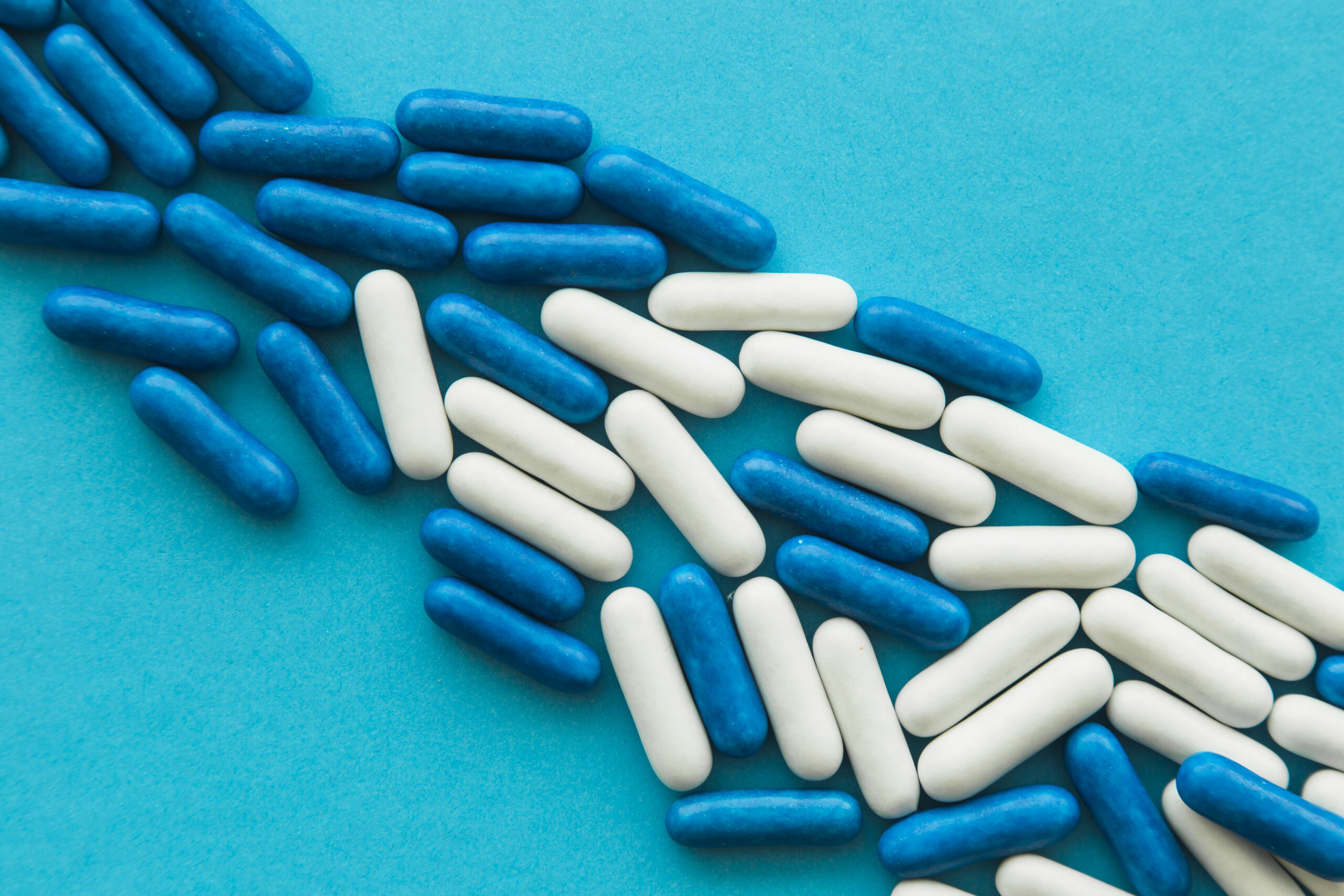
Building a Winning Partnership with Your Supplement Contract Manufacturer
The increasing awareness around preventive healthcare and growing interest in health and wellness has led to an unprecendented growth in
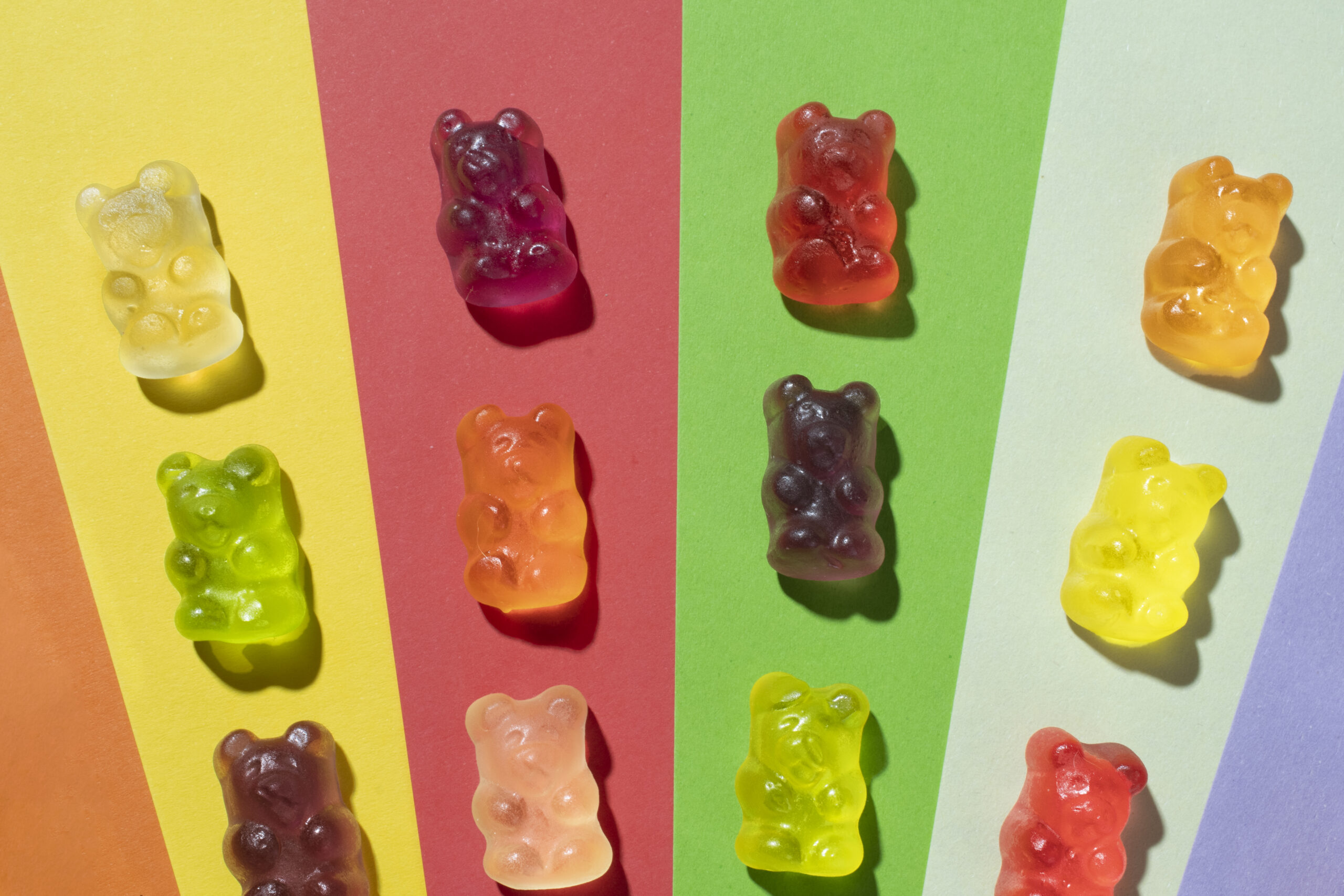
Behind the Scenes: How Nutraceutical Gummies Are Manufactured
Ever wondered how gummies are manufactured? Popping multi colored, soft and chewy gummies for getting your daily dose of micronutrients

Low Sugar Plant based Gummies: The Natural Functional Treat UK Brands Can’t Ignore
Gelatin-based gummies dominate the markets, however, in a culturally diverse country like India, Gelatin was not a universal option and

Top 7 qualities of reliable nutraceutical contract manufacturers in India
In India, the nutraceutical and dietary supplements sector provides a fertile landscape for new age entrepreneurs to launch new brands
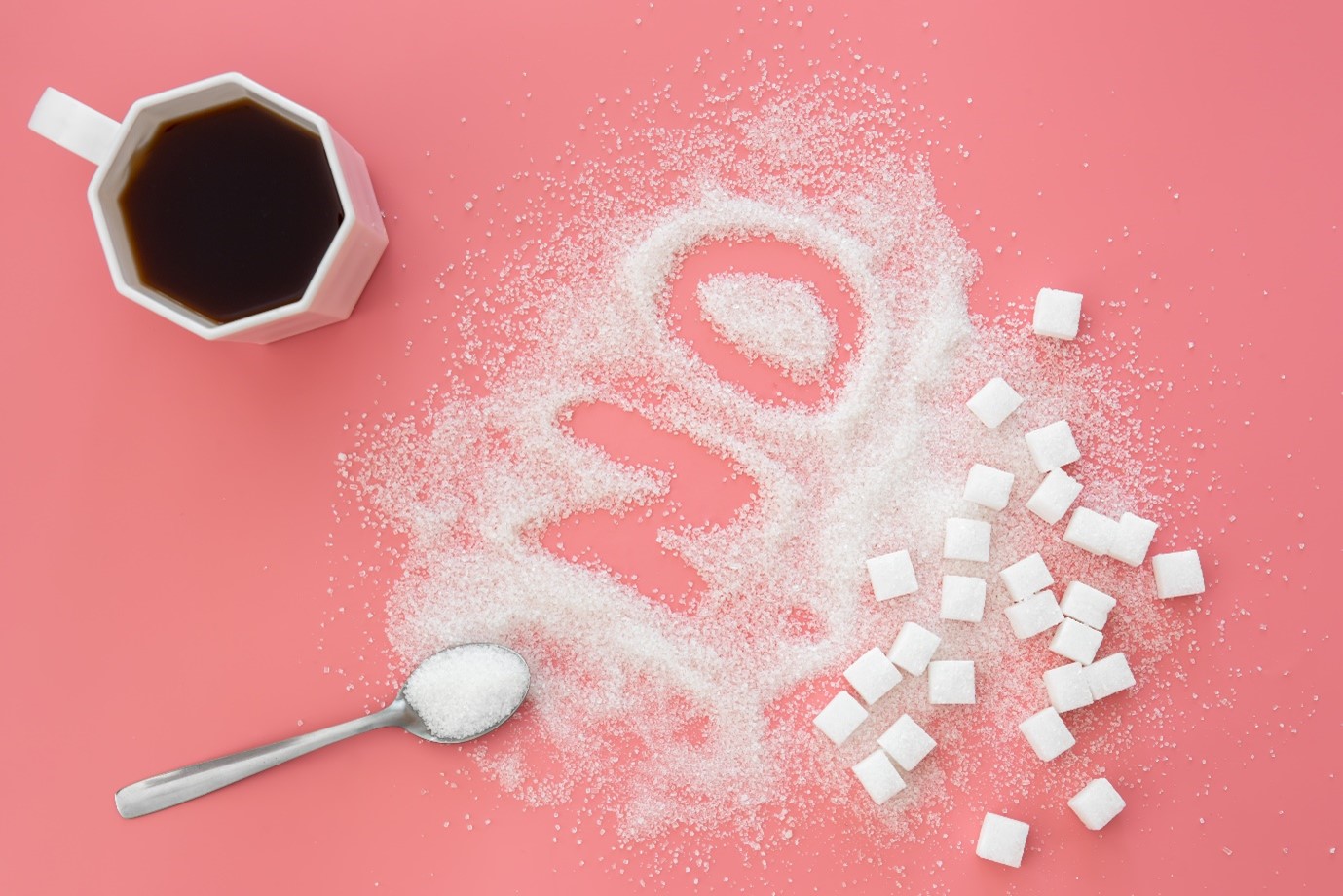
Why More People Choose No Added Sugars for Everyday Indulgence
Today, people are more conscious about the food they choose and what effect it has on their health. There is
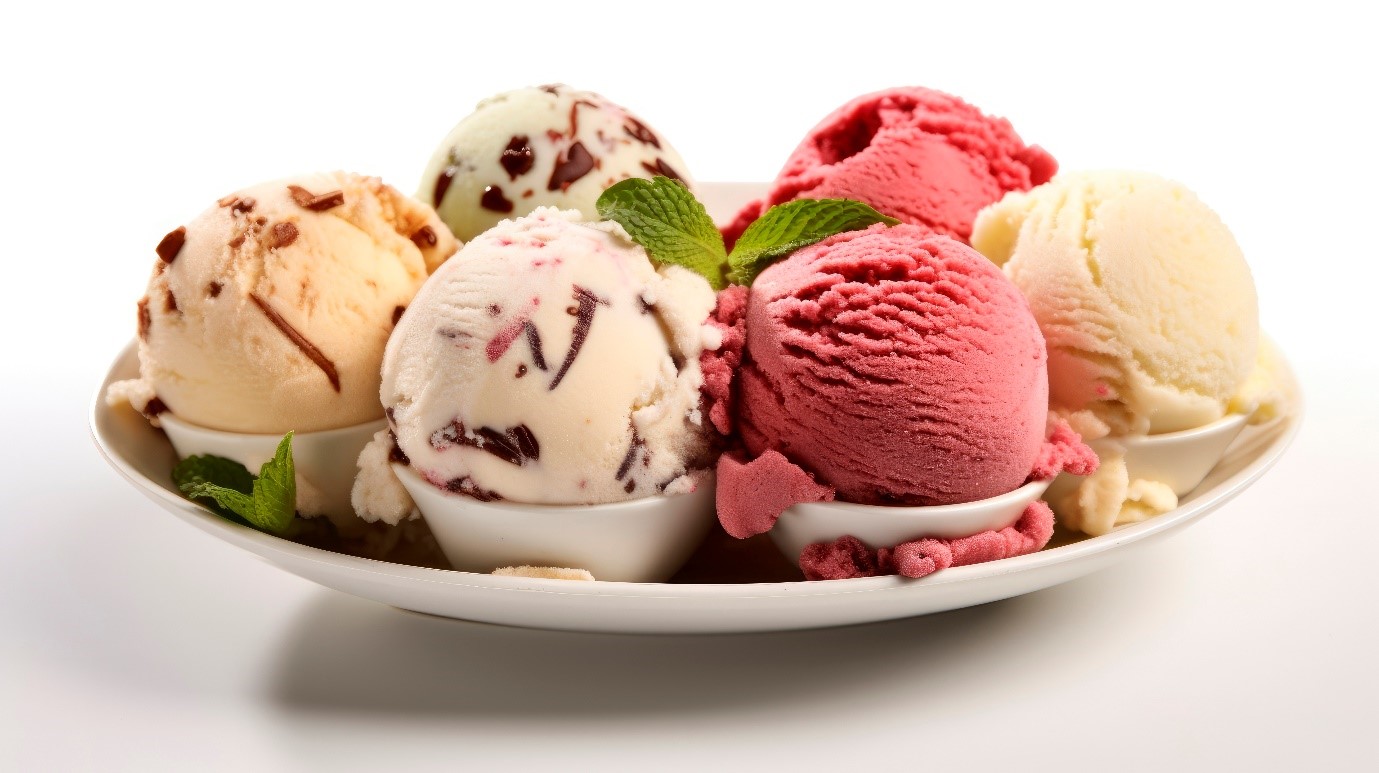
Launch indulgent and delicious No Added Sugars ice-cream
Today, having desserts you like is no longer at odds with eating healthily. The popularity of “no added sugars” ice-cream

Sweetening the Filipino Way: How FOS Can Make Your Favorite Local Foods Healthier
Remember your favorite Filipino dessert—perhaps a vibrant halo-halo on a hot summer day or a warm, comforting cup of champorado

What Is FOS and How Can It Help Diabetic Patients?
Did you ever wonder if it is possible to indulge in sweet flavours without blood sugar spikes? Imagine a natural
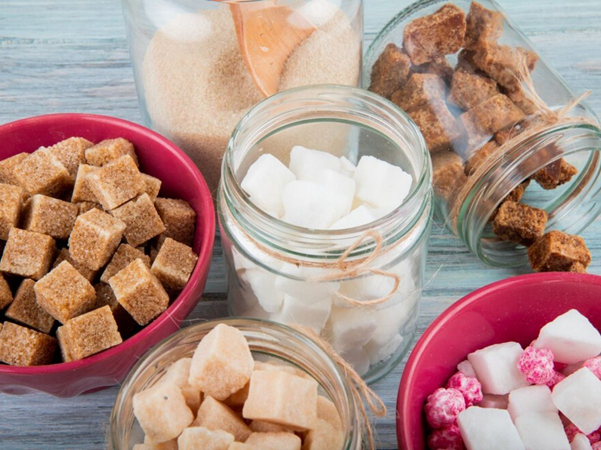
How Prebiotic Sugar Substitutes Are Transforming the Philippine Food and Beverage Market
The rise of healthy food options in the Philippines is growing rapidly as more people seek better alternatives to regular

Exploring the Benefits of Natural Sweeteners in Yogurt: A Comprehensive Guide for Manufacturers
Yogurt is one of the best-selling dairy products globally, highly valued for its richness and health benefits. However, with increasing